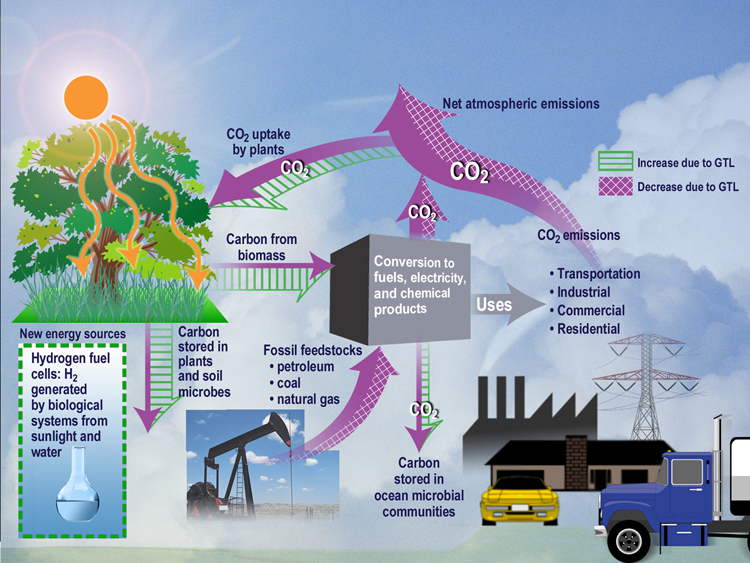Men's World Record Times - 2007 to 2010
Sep 28, 2008 - Men's World Record
Haile Gebrselassie (Ethiopia) - 2:03:59
Berlin Marathon, Berlin, Germany
Haile Gebrselassie (Ethiopia) clocked 2:03:59 to win his third straight Berlin Marathon, beating the mark of 2:04:26 he set last year over the same flat course. He also became the first runner to win the race three times.(1) How he beat the world record last year is remembered below.
Men's World Record Times - 2004 to 2010
Sep 30, 2007 - Men's World Record
Haile Gebrselassie (Ethiopia) - 2:04:26
Berlin Marathon, Berlin, Germany
Gulf Coast residents were alerted today -- jelly in the grass.
Not only in the grass but also in the swimming pools! A man's net scooping out quarter-size buttons left an indelible impression in my brain.
The news was meager in details. But "Jellyfish-like creatures invade coast after storms" had been reported on 20 September 2008 in The Mississippi Press.(1) Hurricanes Gustav and Ike were blamed for blowing in Porpita porpita, or the blue button. These coin-size carnivores are actually colonial animals, resembling the eye of a "peacock's feather". They float in open sea at the surface while feeding on fish eggs and tiny crustaceans. A fish-terminator!
American Physical Society (APS) published on 16 September 2008 its energy report entitled Energy = Future (Think Efficiency) -- A Different Kind of Energy Efficiency Report. To facilitate discussion of all of its recommendations, I have posted them below. Your comments are welcome here on these seventeen recommendations by the APS.
Summary of Recommendations*
1. The federal government should establish policies to ensure that new light-duty vehicles average 50 miles per gallon or more by 2030.
Sex with robots available in five years!(1) Not so fast -- do we love robots? How about -- do we understand how we love each other? Let's limit the subject even further to just the science of love between a man and a woman.
Well, we have the anthology of love all the way back to the earliest civilizations in Western Asia. What do we know today about the anatomy of love between a man and a woman? What have we learned since the days of William Shakespeare and 'How do I love thee? Let me count the ways?'
Today, Sept. 19, 2008 is the major sign that NASA finally gets it! Risk understanding has arrived at NASA with the move of the Space Shuttle Endeavour to the launch pad. This is the first time that NASA has had a space shuttle in a rescue mode.
NASA gets it that their risk management requires action in case something goes wrong with the upcoming Hubble Space Telescope Mission of Atlantis. Endeavour traveled all night to its destination so that it can lift off within a week of Atlantis' launch, if required.
Safety has to be based on evidence. Should probing the secrets of the universe create a global threat? Is it relevant to bring up Marie Curie in safety arguments for unkown or complicated physics? How about the past nuclear fission research?
Fast reactors are a good example of known physics guiding the research for the missing experimental data such as the Doppler Coefficient. SEFOR was built just to make the needed measurements to assure the inherent safety of a fast reactor core. Later, indeed, EBR-II confirmed the correctness of this inherent feature of the fast reactors. It was shutdown in 1994 after 30 years of successful operation.
 Heated Research On The Origin Of Life In Warm Waters And Ernesto Di Mauro
Heated Research On The Origin Of Life In Warm Waters And Ernesto Di Mauro The Physics Of Love
The Physics Of Love Science 2020: Motherhood, Clean & Sustainable
Science 2020: Motherhood, Clean & Sustainable










